Recently our #research was published, where am I co-author:Abundance of #jaguars &occupancy of medium and largesized vertebrates in a transboundary #conservation landscape in the northwestern #Amazon https://bit.ly/2TtmID5 .">https://bit.ly/2TtmID5&q... With abig effort of @WWF_Peru team. #peruvianamazonia
From this great team of researchers, I learned a lot! very :) to have contributed in a work of almost 3 yrs. So, for the #WorldBioDiversityDay2020, I will tell you a little about why a bird person like me has been strongly influenced by these cats and the people who live around.
Jaguars probably originated from the European jaguar (P. gombaszoegensis), a species that was widely distributed throughout Europe and Asia during the Pleistocene. We only we known from the fossils that have been found so far. ©Roman Uchytel
Probably P. onca augusta after separating from the European jaguar (P. gombaszoegensis) approximately 1.5 million years ago. Entered through the Bering strait to North America. Later, during the Great American Biotic Exchange, it colonized South America. ©Anthony Argentine
During this historic journey, their interactions with humans wasn’t very different from now, Here an example of a common encounter between humans and pre historic jaguar. In Tennessee 1976, Jaguar Cave was named for its paleontological records, between 10,000 and 35,000 years ago
Jaguars became trapped in the cave, looking for an exit, and eventually died. The prints of jaguar paws, abundant and very well-preserved, are visible in several mud-floored passages, however they weren’t the only tracks, since there were also prehistoric humans footprints.
The skeletal remains of the two jaguars, fragments from other species including extinct taxa as mastodon (Mammut americanum), long nosed peccary (Mylohyus nasutus), (Canis dirus), tapir (Tapirus). More than 50 sp. have been identified from bones, potential preys of this felids.
So, we can say that his diet does not seem to have varied from what he currently feeds, or we are not sure? and what is the reason for this change,
The jaguar historically ranged from the southwestern United States to southern Argentina, but it historic range reduced almost 50%, in response to climatic change, less tropical regions and by human influence. just in 2002-2015 their range decline20% (Jędrzejewski et. al 2018).
Even in the diverse cultures cosmovision, Jaguars also populate the collective subconscious of Latin American peoples, both traditional and modern societies, a powerful symbol of their cultural identity as
part of their mythology, traditions and beliefs.
part of their mythology, traditions and beliefs.
But several changes in traditions and human consumption, increased threatens against jaguars. Just in the 70s Peruvian goverment reported 891 jaguars skins by trade, prices paid for raw jaguar skins reached a high of $130-180. Hundreds ha of tropical forest been without jaguars
Hard to believe, but thats is just regular information, nothing we know about how many jaguars been killed for trade or other uses. much less , where they came from. Actually their is an international movement to include jaguars in international agreements to protect them.
But this is a long and hard way to walk. Countries as Peru, have several gaps in information related to jaguars populations and their threatens. Basic science is needed to ensure the best conservation policies and improve conservation strategies. . https://abs.twimg.com/emoji/v2/... draggable="false" alt="📸" title="Camera with flash" aria-label="Emoji: Camera with flash"> D.Pérez/©WWF_Peru
https://abs.twimg.com/emoji/v2/... draggable="false" alt="📸" title="Camera with flash" aria-label="Emoji: Camera with flash"> D.Pérez/©WWF_Peru
Protected Areas (PAs) and Indigenous Lands (ILs) were our land management. Ideal for testing the effectiveness of PAs administered by each country. And find possible differences under the 3 territories. Our results showed almost the same richnnes and occupancy in preys.
However, jaguar populations appears to be slightly higher in Gueppi Sekime Park (Perú), perhaps due to its National Park category. which has many more restrictions in comparison of ILs in Colombia and Ecuador where are more populated with indigenous kichuas, Secoyas and Cofanes.
Instead Gueppi Park, have only a community inside the Park, and has less than 20 people. Puerto estrella a Kichua communities, living there close to 15 years and as many other human populations in the peruvian borders, are partially abandoned by the government.. https://abs.twimg.com/emoji/v2/... draggable="false" alt="📸" title="Camera with flash" aria-label="Emoji: Camera with flash"> D.Pérez/©WWF
https://abs.twimg.com/emoji/v2/... draggable="false" alt="📸" title="Camera with flash" aria-label="Emoji: Camera with flash"> D.Pérez/©WWF
They have serious deficiencies in health, education and food security. Also, we can& #39;t forget Pantoja, the last town in the Peruvian border with Ecuador. people help us as guides, in our field work. But as, Puerto estrella, they are also adrift, without jobs, no opportunities.
I find it impossible to conceive of the idea of working in conservation without considering people.
The scientific information generated in this research will key to developing Transboundary strategies to conserve landscapes that guarantee the connectivity. . https://abs.twimg.com/emoji/v2/... draggable="false" alt="📸" title="Camera with flash" aria-label="Emoji: Camera with flash"> V.Tejeda
https://abs.twimg.com/emoji/v2/... draggable="false" alt="📸" title="Camera with flash" aria-label="Emoji: Camera with flash"> V.Tejeda
The scientific information generated in this research will key to developing Transboundary strategies to conserve landscapes that guarantee the connectivity. .
But also, transboundary landscapes with human populations with low incomes and lots of needs. Require atention from goverments to avoid the same increasing threats that have been identified for jaguars so far (killings by conflict by coexistence, traffic, deforestation).
It is easy to think from our comfort, that people in far distant places, will survive taking care of jaguars or other species, when they have basic daily needs &no a sure income, other than as a ilegal logger, wildlife trader or any ilicit activity easy to get involved in t need
Finally this is as personal reflexion, i have the most precious moments by the hand to work for months with my friends in Lima, Pantoja and Puerto estrella during our field work. many memories make more aware of our biological and cultural diverse world. . https://abs.twimg.com/emoji/v2/... draggable="false" alt="📸" title="Camera with flash" aria-label="Emoji: Camera with flash"> D.Pérez/©WWF_Peru
https://abs.twimg.com/emoji/v2/... draggable="false" alt="📸" title="Camera with flash" aria-label="Emoji: Camera with flash"> D.Pérez/©WWF_Peru
The company, the talks, the experiencies coexisting for several weeks, living in the middle of the forest, the histories and hundreds of memories, that make realize why i become biologist. And without jaguars probably there will no birds, no forest, no humans. . https://abs.twimg.com/emoji/v2/... draggable="false" alt="📸" title="Camera with flash" aria-label="Emoji: Camera with flash"> D.Pérez/©WWF
https://abs.twimg.com/emoji/v2/... draggable="false" alt="📸" title="Camera with flash" aria-label="Emoji: Camera with flash"> D.Pérez/©WWF
In a dystopian future, no so far that we are we actually living. a worse world is possible if we just do nothing for it, for jaguars, for humans and the biological diversity as we know it. The king of amazonia is also a vulnerable kitten. https://abs.twimg.com/emoji/v2/... draggable="false" alt="📸" title="Camera with flash" aria-label="Emoji: Camera with flash"> ©WWF_Peru
https://abs.twimg.com/emoji/v2/... draggable="false" alt="📸" title="Camera with flash" aria-label="Emoji: Camera with flash"> ©WWF_Peru
Always will be gratefull for be part of so big team and project. Never forget their faces when they saw jaguars pictures from camera traps. That remains us, that even if you saw 100& #39; of pictures, your heart must never lose the excitement of a child. . https://abs.twimg.com/emoji/v2/... draggable="false" alt="📸" title="Camera with flash" aria-label="Emoji: Camera with flash"> D.Pérez/©WWF_Peru
https://abs.twimg.com/emoji/v2/... draggable="false" alt="📸" title="Camera with flash" aria-label="Emoji: Camera with flash"> D.Pérez/©WWF_Peru
Researchers believe in better future, a possible one, we just make it know, satying loocked. But also this pandemic remains us how fragil we r & how nature is responding for our unsustainable actions with landscapes and biodiversity. Most of  https://abs.twimg.com/emoji/v2/... draggable="false" alt="📸" title="Camera with flash" aria-label="Emoji: Camera with flash"> we taken by great Diego Perez/©WWF
https://abs.twimg.com/emoji/v2/... draggable="false" alt="📸" title="Camera with flash" aria-label="Emoji: Camera with flash"> we taken by great Diego Perez/©WWF

 Read on Twitter
Read on Twitter




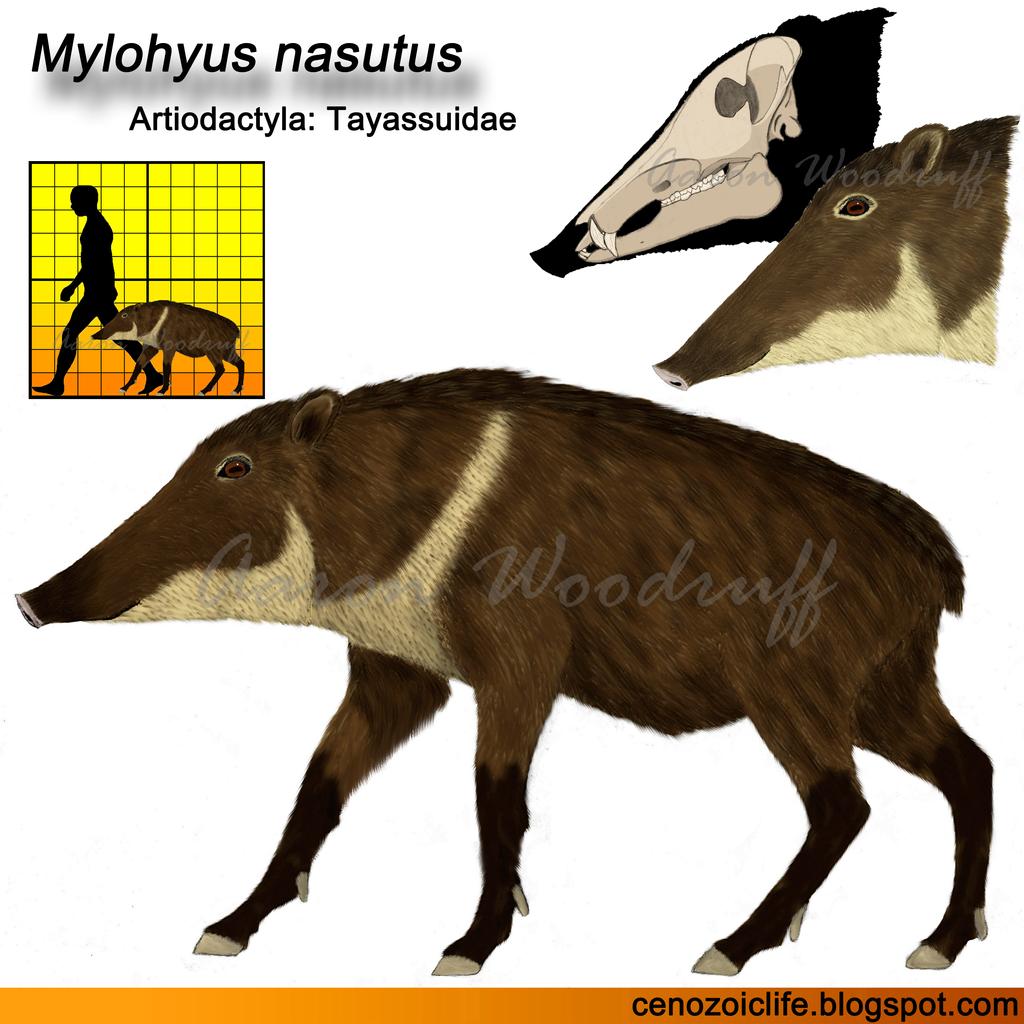
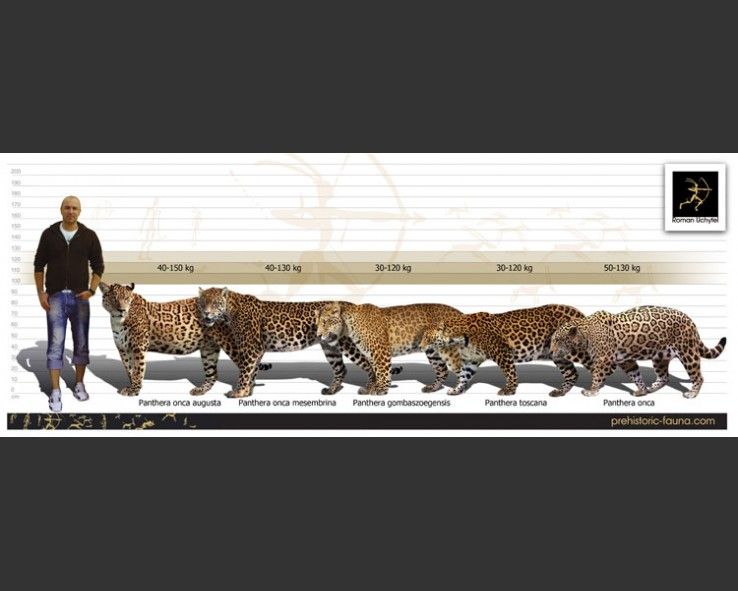

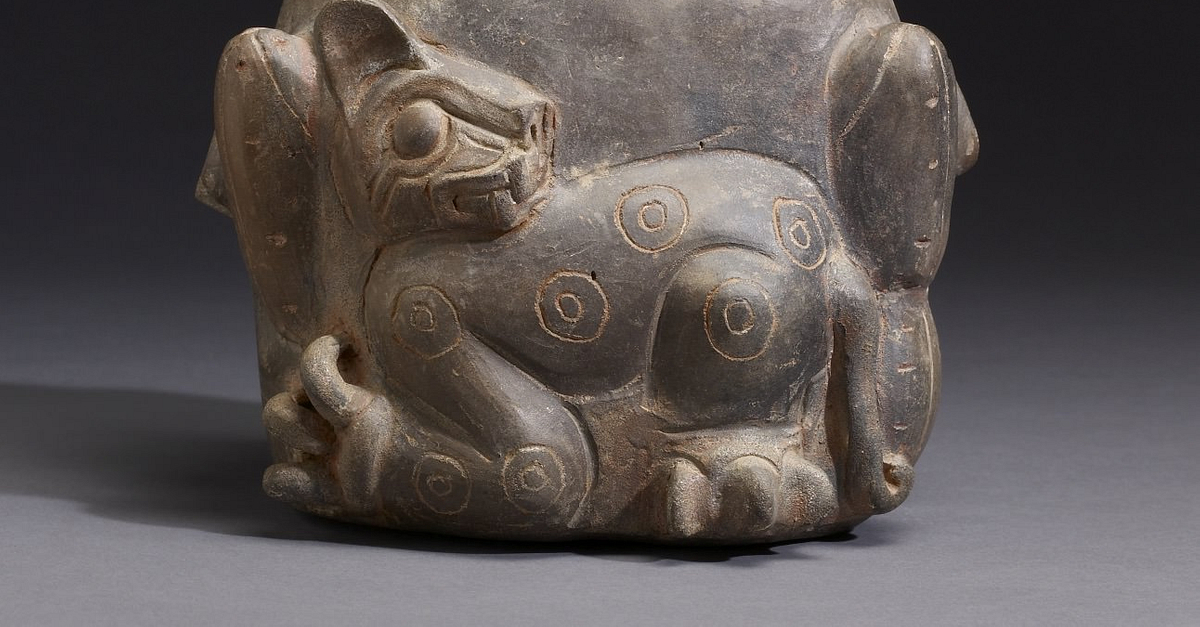
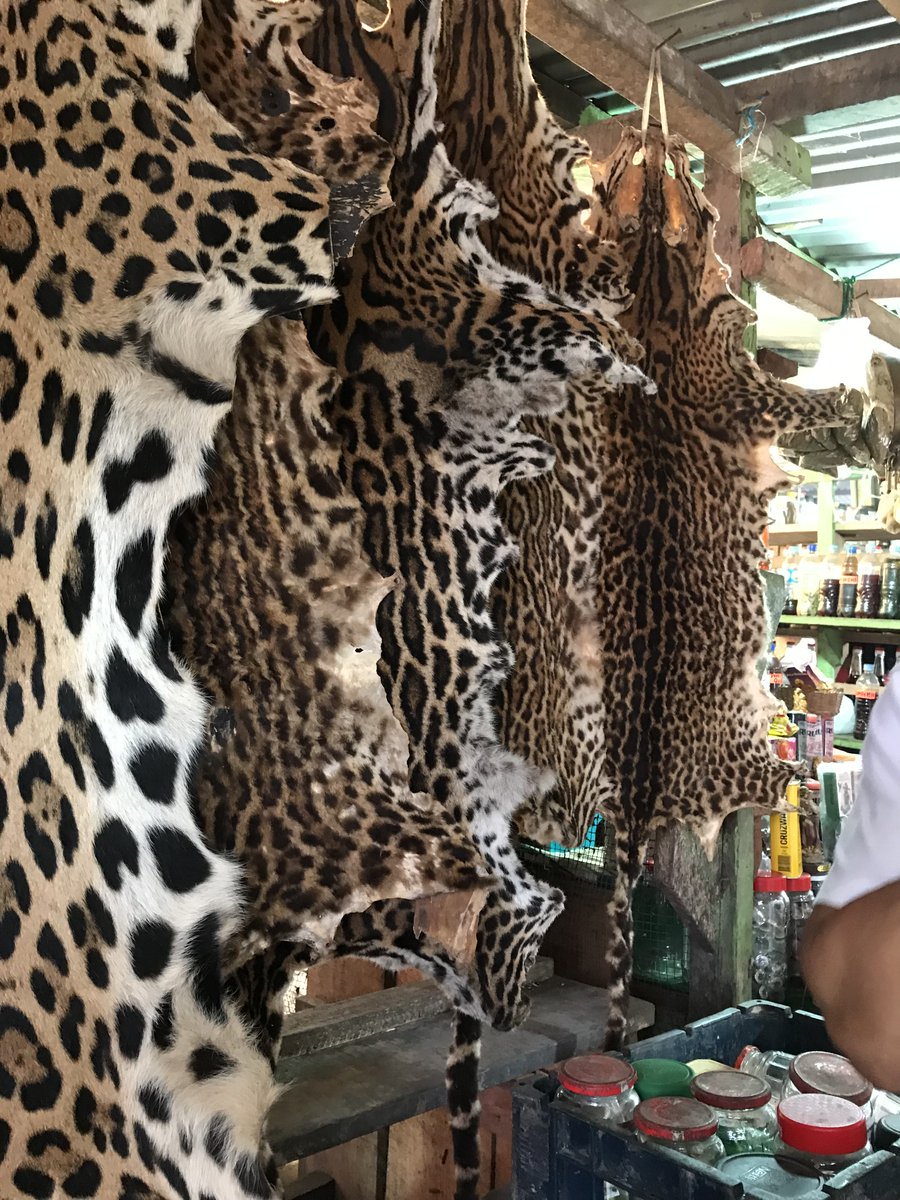
 D.Pérez/©WWF_Peru" title="But this is a long and hard way to walk. Countries as Peru, have several gaps in information related to jaguars populations and their threatens. Basic science is needed to ensure the best conservation policies and improve conservation strategies. .https://abs.twimg.com/emoji/v2/... draggable="false" alt="📸" title="Camera with flash" aria-label="Emoji: Camera with flash"> D.Pérez/©WWF_Peru" class="img-responsive" style="max-width:100%;"/>
D.Pérez/©WWF_Peru" title="But this is a long and hard way to walk. Countries as Peru, have several gaps in information related to jaguars populations and their threatens. Basic science is needed to ensure the best conservation policies and improve conservation strategies. .https://abs.twimg.com/emoji/v2/... draggable="false" alt="📸" title="Camera with flash" aria-label="Emoji: Camera with flash"> D.Pérez/©WWF_Peru" class="img-responsive" style="max-width:100%;"/>


 D.Pérez/©WWF" title="Instead Gueppi Park, have only a community inside the Park, and has less than 20 people. Puerto estrella a Kichua communities, living there close to 15 years and as many other human populations in the peruvian borders, are partially abandoned by the government..https://abs.twimg.com/emoji/v2/... draggable="false" alt="📸" title="Camera with flash" aria-label="Emoji: Camera with flash"> D.Pérez/©WWF" class="img-responsive" style="max-width:100%;"/>
D.Pérez/©WWF" title="Instead Gueppi Park, have only a community inside the Park, and has less than 20 people. Puerto estrella a Kichua communities, living there close to 15 years and as many other human populations in the peruvian borders, are partially abandoned by the government..https://abs.twimg.com/emoji/v2/... draggable="false" alt="📸" title="Camera with flash" aria-label="Emoji: Camera with flash"> D.Pérez/©WWF" class="img-responsive" style="max-width:100%;"/>

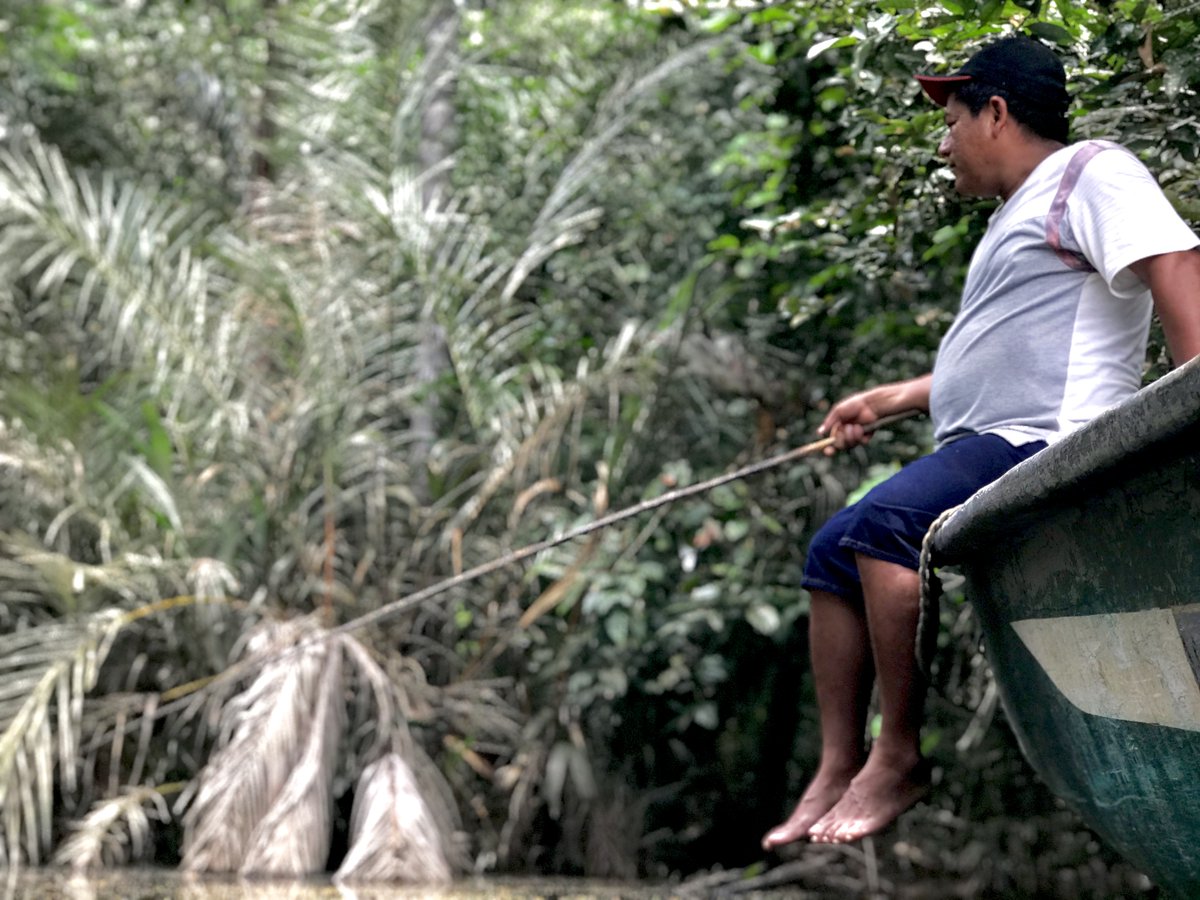 V.Tejeda" title="I find it impossible to conceive of the idea of working in conservation without considering people. The scientific information generated in this research will key to developing Transboundary strategies to conserve landscapes that guarantee the connectivity. .https://abs.twimg.com/emoji/v2/... draggable="false" alt="📸" title="Camera with flash" aria-label="Emoji: Camera with flash"> V.Tejeda" class="img-responsive" style="max-width:100%;"/>
V.Tejeda" title="I find it impossible to conceive of the idea of working in conservation without considering people. The scientific information generated in this research will key to developing Transboundary strategies to conserve landscapes that guarantee the connectivity. .https://abs.twimg.com/emoji/v2/... draggable="false" alt="📸" title="Camera with flash" aria-label="Emoji: Camera with flash"> V.Tejeda" class="img-responsive" style="max-width:100%;"/>

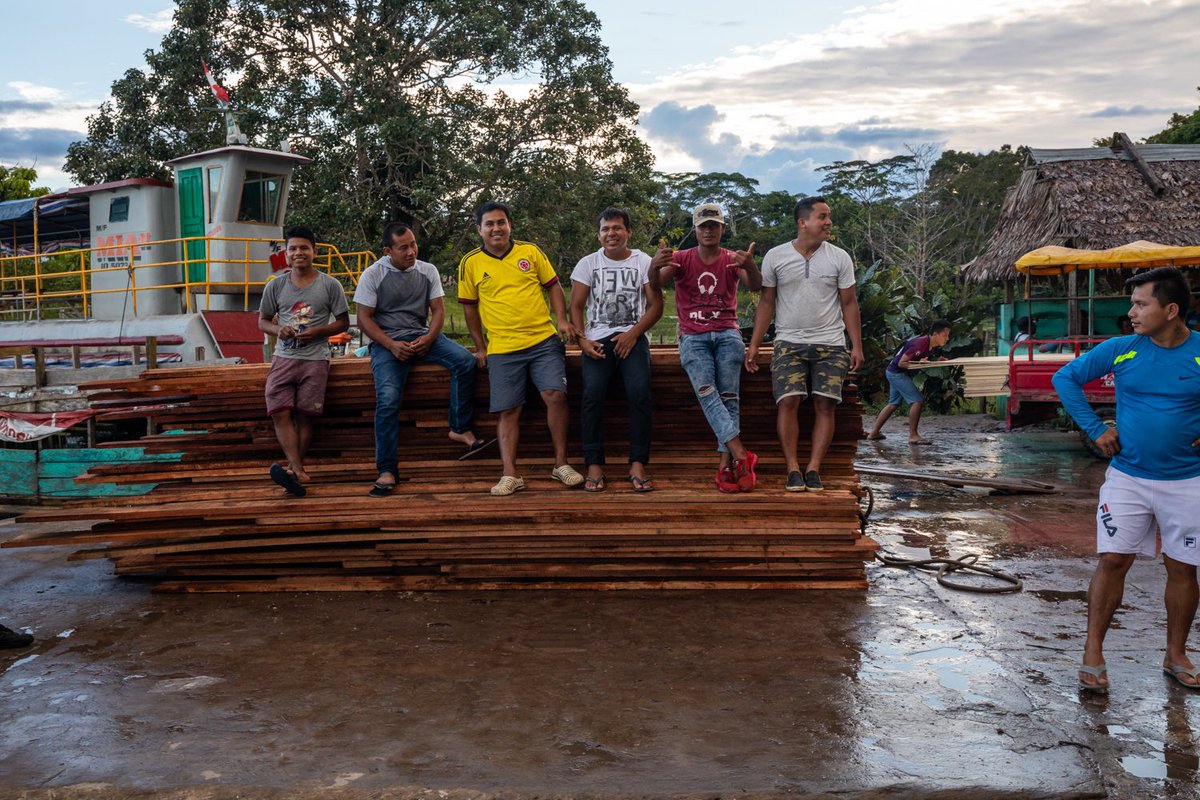
 D.Pérez/©WWF_Peru" title="Finally this is as personal reflexion, i have the most precious moments by the hand to work for months with my friends in Lima, Pantoja and Puerto estrella during our field work. many memories make more aware of our biological and cultural diverse world. .https://abs.twimg.com/emoji/v2/... draggable="false" alt="📸" title="Camera with flash" aria-label="Emoji: Camera with flash"> D.Pérez/©WWF_Peru" class="img-responsive" style="max-width:100%;"/>
D.Pérez/©WWF_Peru" title="Finally this is as personal reflexion, i have the most precious moments by the hand to work for months with my friends in Lima, Pantoja and Puerto estrella during our field work. many memories make more aware of our biological and cultural diverse world. .https://abs.twimg.com/emoji/v2/... draggable="false" alt="📸" title="Camera with flash" aria-label="Emoji: Camera with flash"> D.Pérez/©WWF_Peru" class="img-responsive" style="max-width:100%;"/>
 D.Pérez/©WWF" title="The company, the talks, the experiencies coexisting for several weeks, living in the middle of the forest, the histories and hundreds of memories, that make realize why i become biologist. And without jaguars probably there will no birds, no forest, no humans. .https://abs.twimg.com/emoji/v2/... draggable="false" alt="📸" title="Camera with flash" aria-label="Emoji: Camera with flash"> D.Pérez/©WWF" class="img-responsive" style="max-width:100%;"/>
D.Pérez/©WWF" title="The company, the talks, the experiencies coexisting for several weeks, living in the middle of the forest, the histories and hundreds of memories, that make realize why i become biologist. And without jaguars probably there will no birds, no forest, no humans. .https://abs.twimg.com/emoji/v2/... draggable="false" alt="📸" title="Camera with flash" aria-label="Emoji: Camera with flash"> D.Pérez/©WWF" class="img-responsive" style="max-width:100%;"/>
 ©WWF_Peru" title="In a dystopian future, no so far that we are we actually living. a worse world is possible if we just do nothing for it, for jaguars, for humans and the biological diversity as we know it. The king of amazonia is also a vulnerable kitten.https://abs.twimg.com/emoji/v2/... draggable="false" alt="📸" title="Camera with flash" aria-label="Emoji: Camera with flash"> ©WWF_Peru" class="img-responsive" style="max-width:100%;"/>
©WWF_Peru" title="In a dystopian future, no so far that we are we actually living. a worse world is possible if we just do nothing for it, for jaguars, for humans and the biological diversity as we know it. The king of amazonia is also a vulnerable kitten.https://abs.twimg.com/emoji/v2/... draggable="false" alt="📸" title="Camera with flash" aria-label="Emoji: Camera with flash"> ©WWF_Peru" class="img-responsive" style="max-width:100%;"/>
 D.Pérez/©WWF_Peru" title="Always will be gratefull for be part of so big team and project. Never forget their faces when they saw jaguars pictures from camera traps. That remains us, that even if you saw 100& #39; of pictures, your heart must never lose the excitement of a child. .https://abs.twimg.com/emoji/v2/... draggable="false" alt="📸" title="Camera with flash" aria-label="Emoji: Camera with flash"> D.Pérez/©WWF_Peru" class="img-responsive" style="max-width:100%;"/>
D.Pérez/©WWF_Peru" title="Always will be gratefull for be part of so big team and project. Never forget their faces when they saw jaguars pictures from camera traps. That remains us, that even if you saw 100& #39; of pictures, your heart must never lose the excitement of a child. .https://abs.twimg.com/emoji/v2/... draggable="false" alt="📸" title="Camera with flash" aria-label="Emoji: Camera with flash"> D.Pérez/©WWF_Peru" class="img-responsive" style="max-width:100%;"/>
 we taken by great Diego Perez/©WWF" title="Researchers believe in better future, a possible one, we just make it know, satying loocked. But also this pandemic remains us how fragil we r & how nature is responding for our unsustainable actions with landscapes and biodiversity. Most of https://abs.twimg.com/emoji/v2/... draggable="false" alt="📸" title="Camera with flash" aria-label="Emoji: Camera with flash"> we taken by great Diego Perez/©WWF" class="img-responsive" style="max-width:100%;"/>
we taken by great Diego Perez/©WWF" title="Researchers believe in better future, a possible one, we just make it know, satying loocked. But also this pandemic remains us how fragil we r & how nature is responding for our unsustainable actions with landscapes and biodiversity. Most of https://abs.twimg.com/emoji/v2/... draggable="false" alt="📸" title="Camera with flash" aria-label="Emoji: Camera with flash"> we taken by great Diego Perez/©WWF" class="img-responsive" style="max-width:100%;"/>


